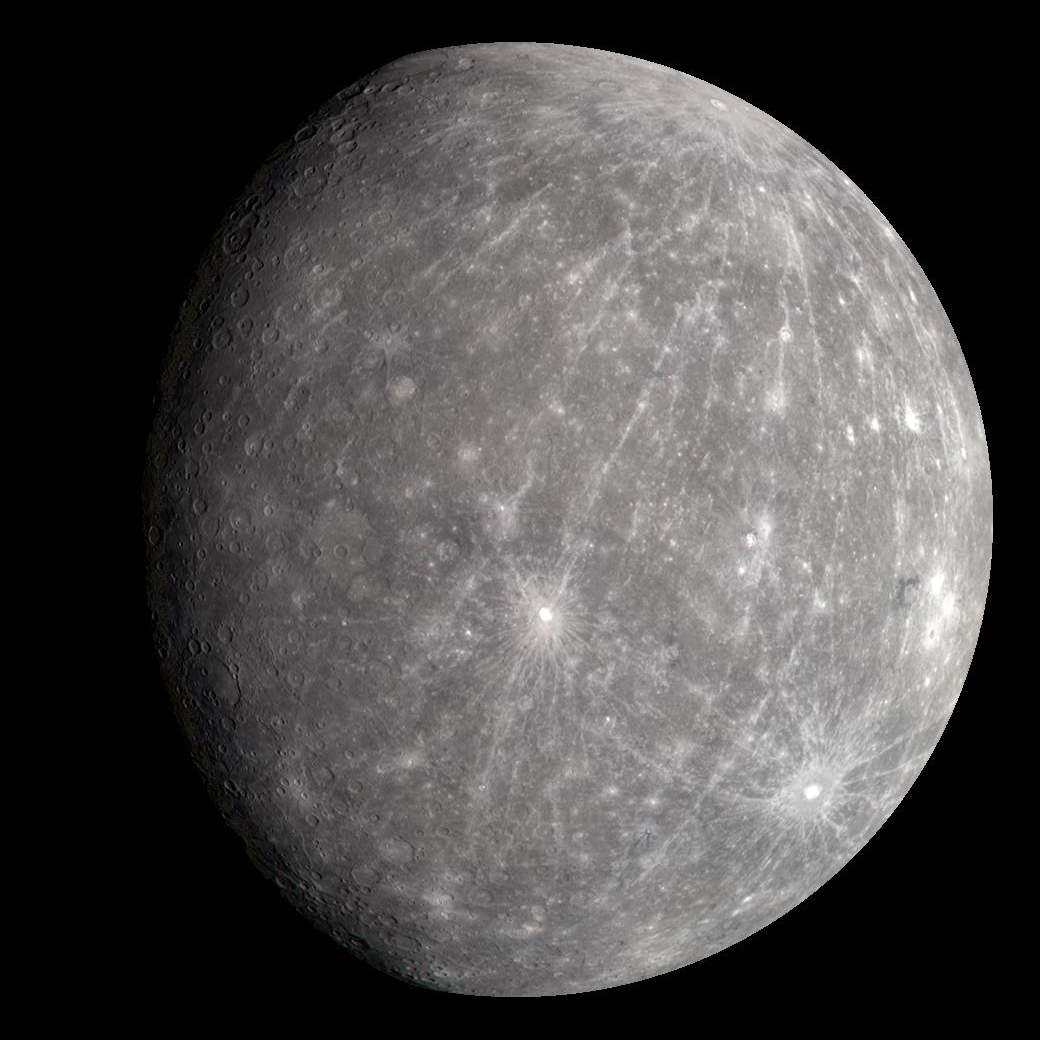Doing the numbers on Sodium to Potassium transmutations, we were able to demonstrate that this type of transmutation only requires the addition of oxygen, and that the process is endothermic. It results in a cooling effect, and can therefore explain how humans and other large animals can remain temperature steady in sweltering heat when perspiration on its own seems insufficient relative to the enormous task of keeping a large body at a lower temperature.
It appears then that the human body is capable of Sodium to Potassium transmutations, and that this is key to keeping our bodies cool during hot weather. Salt is not only needed for perspiration. It is also needed for the transmutation of Sodium into Potassium, and this is the reason we excrete more Potassium than we consume, and we consume more Sodium than we excrete.
Fossilization
Another type of transmutation that appears to be fairly common in nature is fossilization of animals, plants, clay and mud. These cases too deserve to be investigated in greater details.
Mud, a mix of mainly Silicon and Carbon, is known to transform into shale and mudstone over time. It can also be formed into bricks by applying heat, or simply by letting it dry in the sun.
Clay is better defined than mud, and is a widely used material, known to become hard when heated. Pure clay minerals even have a precise chemical definition, namely Al2Si2O5(OH)4. It's a mix of Aluminum, Silicon, Oxygen and Hydrogen. Regular clay, found in nature, also contains a lot of Iron, hence its red color.
Plants, as we all know, are mainly made up of water and Carbon, and animals are mainly water, Carbon and Calcium.
With this in mind we see that a transformation of mud and clay into rock appears straight forward, while a transformation from plants and animals into rock seems more elaborate. However, even mud and clay seem to require at least some transformation at the atomic level.
Sedimentary rocks are not bricks and pottery made by nature over time. They are not merely transformed by heat. Rather, they appear transmuted into Silicon, either quickly by lightning or slowly over time by radiation coming from the Sun and the cosmos.
Let us therefore look at the transmutations that are possible, and the energies required to make them happen.
Transmutations
Fossils are known to contain more Silicon than what was present before fossilization took place, so we have Silicon as the main end product we are looking to explain. There's also an abundance of manganese oxide at the surface of fossilized bones that needs explaining.
For all the elements available to us we have:
- Hydrogen - symbol H, number 1, weight 1.008
- Carbon - symbol C, number 6, weight 12.011
- Oxygen - symbol O, number 8, weight 15.999
- Magnesium - symbol Mg, number 12, weight 24.305
- Aluminum - symbol Al, number 13, weight 26.982
- Silicon - symbol C, number 14, weight 28.085
- Calcium - symbol Ca, number 20, weight 40.078
- Iron - symbol Fe, number 26, weight 55.845
From this we get a lot of straight forward possibilities for transmutation into Silicon. Restricting ourselves to only consider processes involving two elements, we get the following:
- H + Al = Si + Energy
- C + O = Si + Energy
- Ca - C = Si + Energy
- Fe - Mg = Si + Energy
We have four direct routes to Silicon, which helps us explain the first puzzle, namely the abundance of Silicon in fossilized remains.
Note that if the energy produced is positive, we have an exothermic reaction. If it's negative, we have an endothermic reaction.
Note also, that Iron transmuted into Silicon also produces Magnesium, which we find in abundance around fossilized bones.
Calcium transmuted into Silicon produces additional Carbon, but this Carbon can in turn be turned into Silicon in combination with Oxygen, also in plentiful supply inside living creatures.
It appears then that transmutation may be a major factor in the production of fossilized remains.
Required energies
Moving on to the atomic weights of the various elements, we can calculate the energies involved in the above mentioned transmutations. If we get energies above the weight of a Hydrogen atom, we have to assume that one or more neutron were involved, either ejected in the case of an exothermic reaction or synthesized in the case of an endothermic reaction.
Starting with H + Al = Si + Energy, we get:
- Energy = H + Al - Si
- Energy = 1.008 + 26.982 - 28.085
- Energy = -0.095
C + O = Si + Energy gives us:
- Energy = C + O - Si
- Energy = 12.011 + 15.999 - 28.085
- Energy = -0.075
Ca - C = Si + Energy gives us:
- Energy = Ca - C - Si
- Energy = 40.078 - 12.011 - 28.085
- Energy = -0.018
Fe - Mg = Si + Energy gives us:
- Energy = Fe - Mg - Si
- Energy = 55.845 - 24.305 - 28.085
- Energy = 3.455
The odd one out here is clearly the Iron to Silicon transmutation which produces energy to the tune of three and a half Hydrogen atoms. By contrast, the three other reactions consume energy, and only a tiny bit of it, which means that the energy released by the production of Silicon and Magnesium from Iron can feed the other three processes. There's a synergy of sorts working in our favor.
Considering the complexities related to alternative explanations, where elements are replaced over time rather than transmuted, I'd say we've made a pretty good case for transmutation as an important factor in fossilization.
 |
| Lightning |






